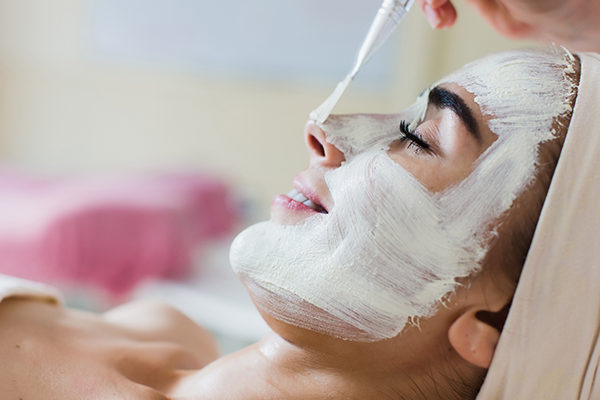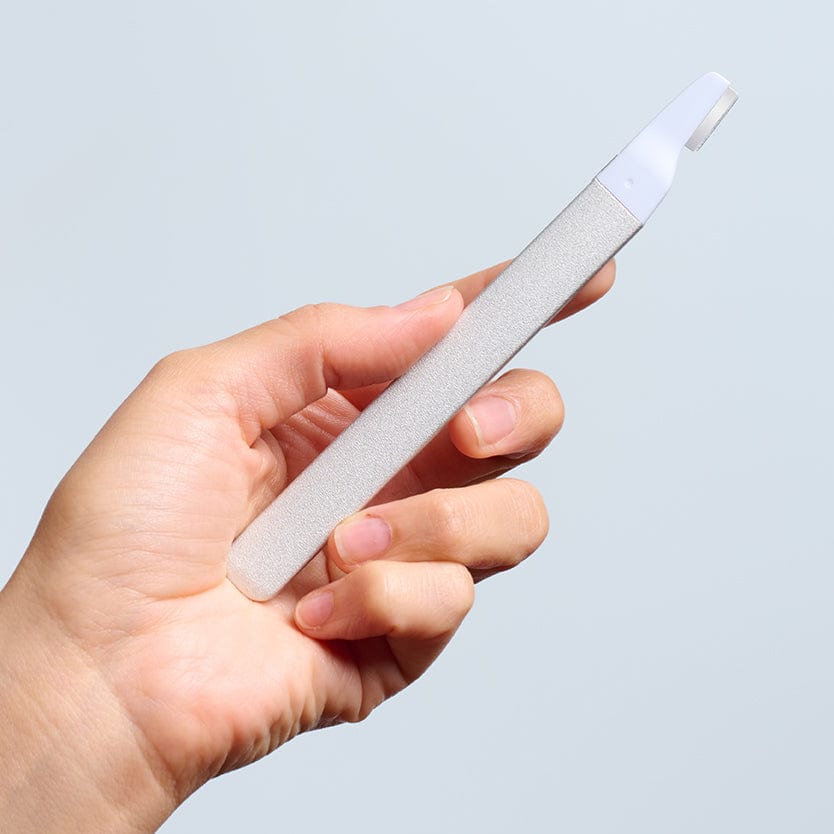Chemical Peels 101: Everything You Need To Know
Written by Kerry Benjamin

Ever wonder how something that sounds so harsh can rejuvenate your skin? Read on for everything you need to know about chemical peels!
What is a Chemical Peel?
A chemical peel is a professional procedure that uses a chemical solution—such as alpha-hydroxy acid or trichloroacetic acid—to resurface the skin by removing the top, damaged layers. To learn more about the different kinds of chemical peels available, read our series on finding the perfect peel for your skin.
Also known as chemexfoliation or derma peeling, a chemical peel can be performed by itself or with other skincare procedures.
Do Chemical Peels hurt?
No! There are many misconceptions about this kind of treatment, and we’re here to clear them up.
Chemical peels are extremely common and actually favored by aestheticians and dermatologists for their effectiveness and ease of use. Peels are even gentle enough for those with sensitive skin, as it’s much milder than mechanical exfoliators. As we age, our cell renewal rate decreases significantly, and peeling is the best way to speed up your natural cell turnover to uncover the fresh, healthy skin underneath the layers of dead surface skin cells.
Another common myth is that you will be peeling for weeks. You don’t necessarily have to visibly peel to reap the amazing benefits. The action occurs at the cellular level—the visible peeling is just a side effect of the dead skin being removed.
There is also some confusion about how effectively peels can heal very deep scarring of the skin. Chemical peels can eliminate superficial scars and pigmentation, reduce the size of pores and even out the tone and texture of your skin. For extremely deep scars, a dermatologist may conduct a much deeper peel or laser in order to resurface your skin at the dermal layer. It is always best to have your esthetician analyze your scars and assess what to expect in terms of results.
The main difference between a dermatologist’s peels and those from an aesthetician is the pH balance of the chemical solutions. Get more information about the importance of pH balance in the second part of our guide to the perfect peel.
How Long Do Chemical Peels Take?
Chemical peels take about 20-25 minutes, which is why it’s sometimes referred to as “the lunchtime facial.”
What Is The Skincare Treatment Like?
First, wash your face with a gentle cleanser. Then, apply the TCA Multi-Acid Face Peel on your face—no need to rinse it off, this peel self neutralizes. Follow with a treatment serum like our EGF Activating Serum or a moisturizing serum like the HA Hydrating Serum, and finish with a moisturizer.
What are the Benefits of Chemical Peels?
People enjoy chemical peels for their ability to reduce fine lines, wrinkles, discoloration, redness, clogged pores, acne scarring, and blemishes. They also help to improve skin texture by reversing sun damage, smoothing out rough skin, increasing collagen, and enhancing the appearance of firm, taut skin. This minimally invasive way to visibly improve the appearance of the skin can also be administered on the neck and hands or anywhere else on the body for immediate results, you can see and feel.
Are There Different Types of Chemical Peels?
Generally speaking, chemical peels are available in three potency levels. Each type of peel uses a different chemical solution. The pH of your chemical peel is also crucial to consider. A skincare professional determines which solution to use depending on the specific needs and desired results of each individual client.
Schedule a free consultation with us if you have more questions!
About the Author

Kerry Benjamin, a licensed aesthetician, has over 14 years of experience. Kerry is the driving force behind StackedSkincare. As the company's CEO, Kerry has dedicated her career to revolutionizing skincare. Her innovative approach combines peels, serums, and specialized tools to effectively address a wide range of skin concerns. CA LE license number Z98459.

